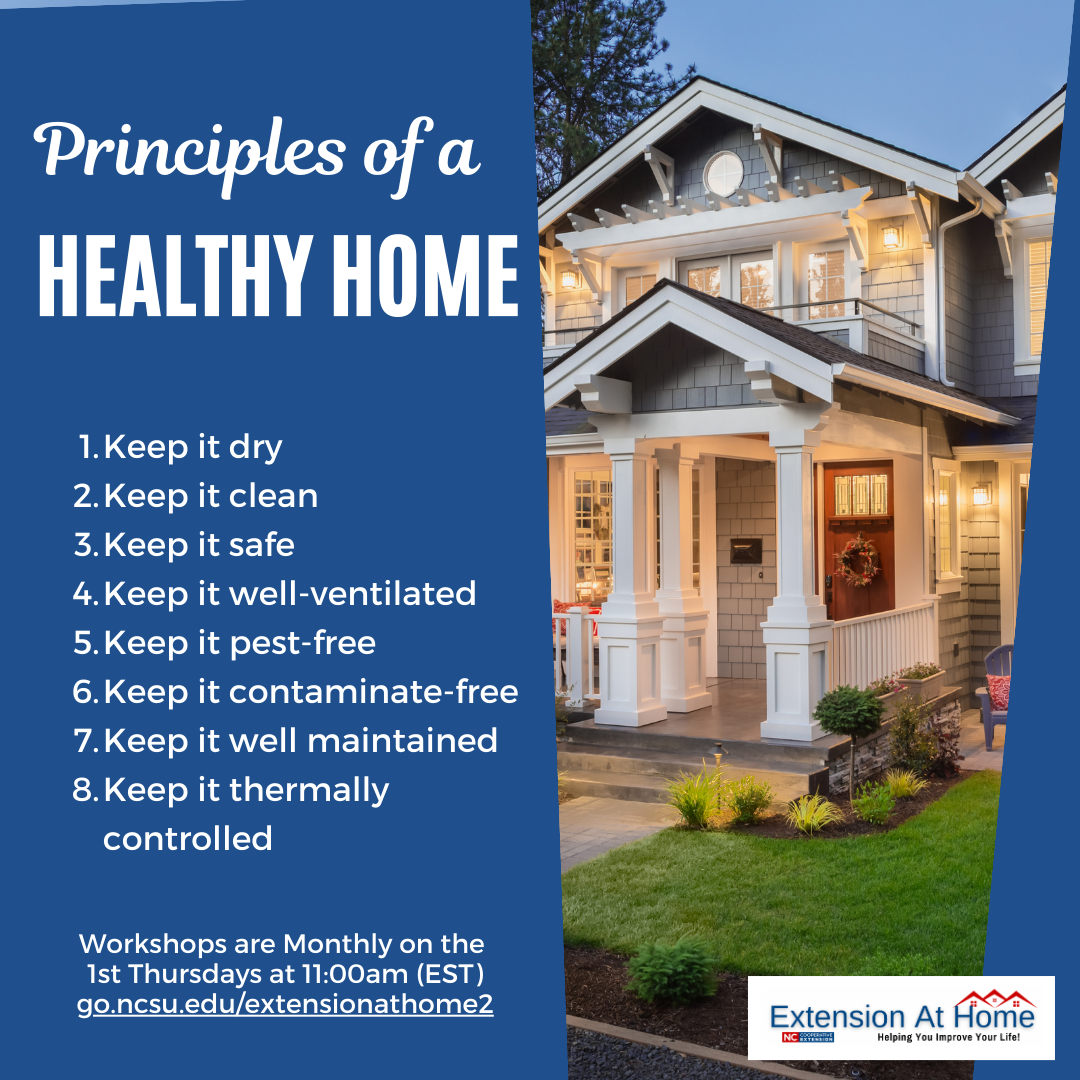Keep It Dry
go.ncsu.edu/readext?950436
en Español / em Português
El inglés es el idioma de control de esta página. En la medida en que haya algún conflicto entre la traducción al inglés y la traducción, el inglés prevalece.
Al hacer clic en el enlace de traducción se activa un servicio de traducción gratuito para convertir la página al español. Al igual que con cualquier traducción por Internet, la conversión no es sensible al contexto y puede que no traduzca el texto en su significado original. NC State Extension no garantiza la exactitud del texto traducido. Por favor, tenga en cuenta que algunas aplicaciones y/o servicios pueden no funcionar como se espera cuando se traducen.
Português
Inglês é o idioma de controle desta página. Na medida que haja algum conflito entre o texto original em Inglês e a tradução, o Inglês prevalece.
Ao clicar no link de tradução, um serviço gratuito de tradução será ativado para converter a página para o Português. Como em qualquer tradução pela internet, a conversão não é sensivel ao contexto e pode não ocorrer a tradução para o significado orginal. O serviço de Extensão da Carolina do Norte (NC State Extension) não garante a exatidão do texto traduzido. Por favor, observe que algumas funções ou serviços podem não funcionar como esperado após a tradução.
English
English is the controlling language of this page. To the extent there is any conflict between the English text and the translation, English controls.
Clicking on the translation link activates a free translation service to convert the page to Spanish. As with any Internet translation, the conversion is not context-sensitive and may not translate the text to its original meaning. NC State Extension does not guarantee the accuracy of the translated text. Please note that some applications and/or services may not function as expected when translated.
Collapse ▲Keeping your home dry is one of the eight principles of a healthy home, defined by the US Department of Housing and Urban Development (HUD). One of the issues that we get calls about at the Extension Office is mold. Individuals who have a mold problem actually have a moisture problem. So the first principle to a healthy home is to keep it dry by preventing water from entering the home because mold grows on wet or damp surfaces. Many people are concerned when they start to see mold growing. However, mold produces spores that you cannot see and that float through the air. They can get into your lungs and cause breathing and other health problems.
You can clean up mold with a mix of laundry detergent or dishwashing soap and water. Protect yourself when cleaning up mold. Wear long sleeves and pants, shoes and socks, rubber gloves, goggles to protect your eyes, and a N-95 respirator. Open a window to let in fresh air while you’re working. If you find an area of mold greater than 15 square feet, it’s best to hire a professional to remove it.

Other common problems are pest issues. Pests want food, water and shelter so make sure they can’t get in either. And you can also prevent pests by keeping your house clean of food,
as well as dust and other contaminants that could aggravate breathing issues. Homeowners with young children should pay extra attention to keeping their home safe, storing chemicals out of reach along with other harmful objects. And throughout it
all, we recommend that you keep your home maintained. This means inspecting it and make repairs routinely before the minor issues become larger, more expensive ones. For more information on similar topics, check out the US Department of Housing & Urban Development “Making Homes Healthier for Families” page.




